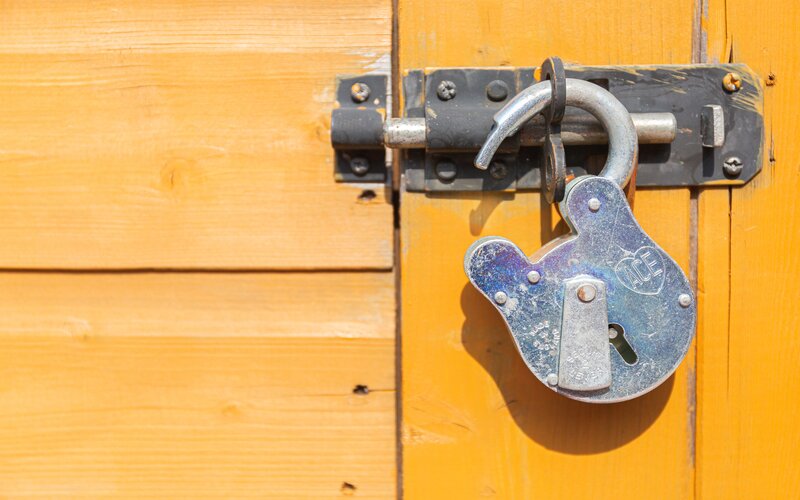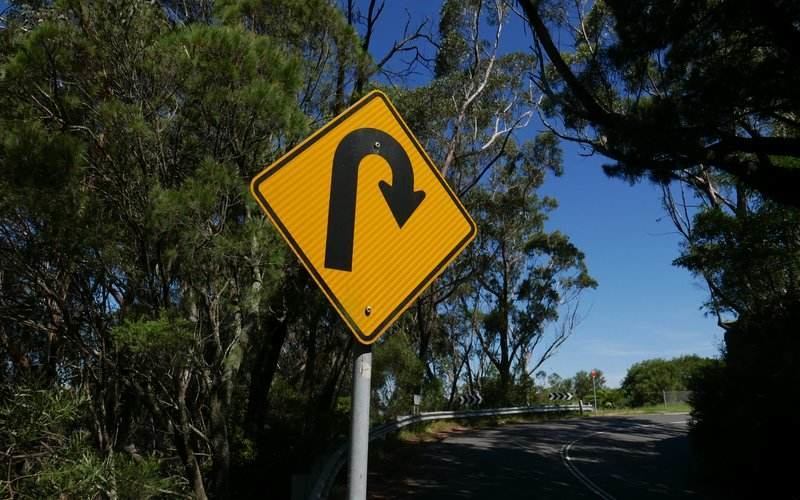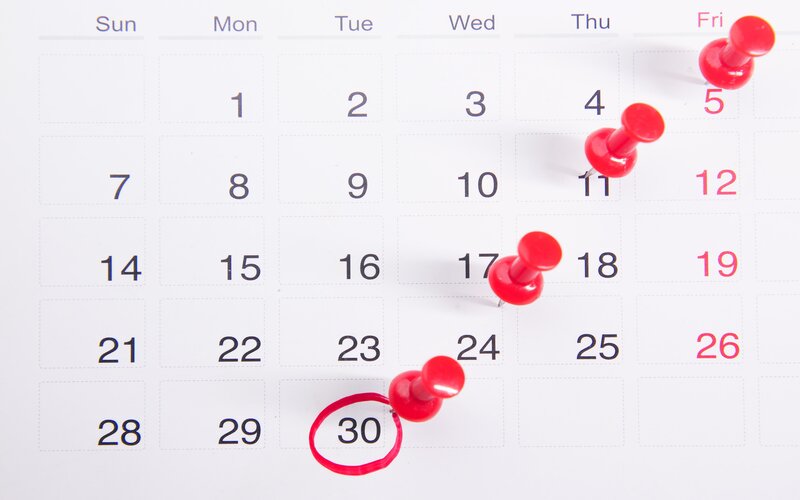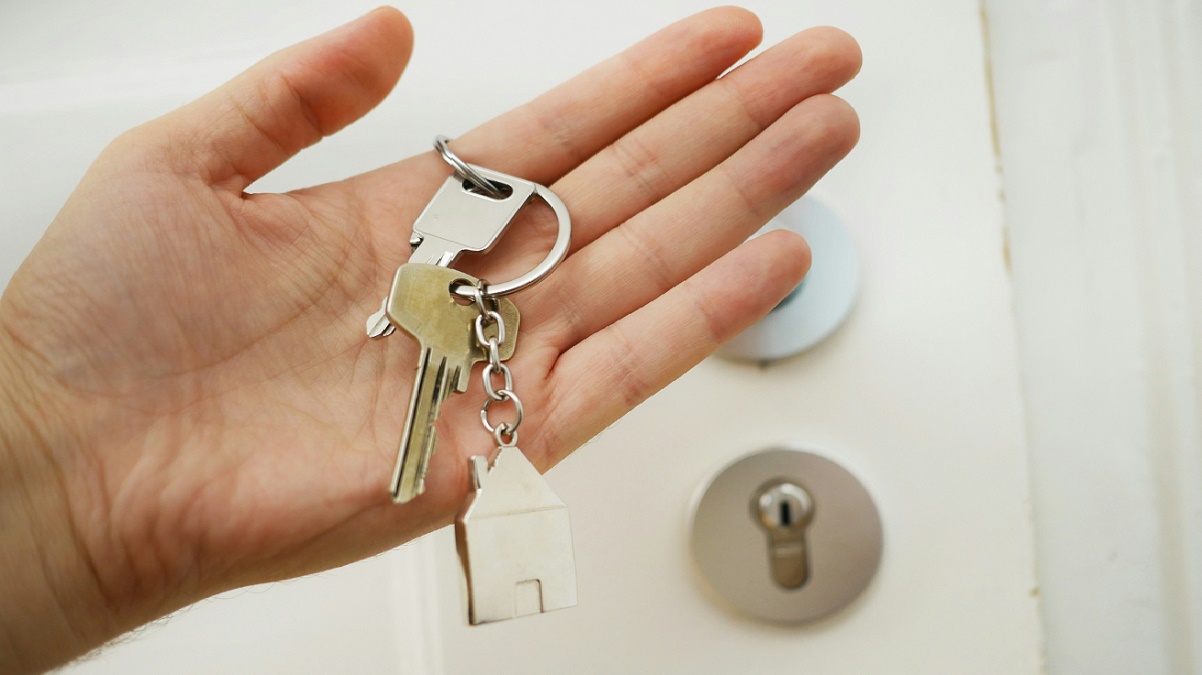Fixed home loan rates provide security ensuring your repayments and interest remain consistent throughout the life of the loan. While this may be the case, fixed home loan rates like any financial product are subject to market movement meaning rates are able to change up until your home loan has reached settlement. In comes ‘rate locking’.
Advertisement
Buying a home or looking to refinance? The table below features home loans with some of the lowest interest rates on the market for owner occupiers.
| Lender | Home Loan | Interest Rate | Comparison Rate* | Monthly Repayment | Repayment type | Rate Type | Offset | Redraw | Ongoing Fees | Upfront Fees | Max LVR | Lump Sum Repayment | Extra Repayments | Split Loan Option | Tags | Features | Link | Compare | Promoted Product | Disclosure |
|---|---|---|---|---|---|---|---|---|---|---|---|---|---|---|---|---|---|---|---|---|
5.54% p.a. | 5.58% p.a. | $2,852 | Principal & Interest | Variable | $0 | $530 | 90% |
| Promoted | Disclosure | ||||||||||
5.49% p.a. | 5.40% p.a. | $2,836 | Principal & Interest | Variable | $0 | $0 | 80% |
| Promoted | Disclosure | ||||||||||
5.64% p.a. | 5.89% p.a. | $2,883 | Principal & Interest | Variable | $250 | $250 | 60% |
| Promoted | Disclosure | ||||||||||
5.64% p.a. | 5.89% p.a. | $2,883 | Principal & Interest | Variable | $248 | $350 | 60% |
| Disclosure |
What is a rate lock?
A rate lock is a feature of a fixed rate home loan that can guarantee your fixed interest rate for your chosen fixed rate term and protect you against rate rises. When you take out a fixed rate loan, you normally receive the interest rate that applies on the day your home loan is settled. This could be different to the rate on the day you first applied - annoying!
Rate lock protects you as the borrower from any interest rate rises from the time of loan application to unconditional approval and settlement. Before settlement, a home loan interest rate could rise, putting you out of pocket and placing an added burden on your budget.
With a rate lock, if the rate drops most lenders would allow you to have the lower rate, but if rates increased you would be protected. In this sense, you could consider a rate lock as a type of insurance policy.
Rate locking is an option that can be only applied to a fixed rate home loan. Some lenders may not offer a rate locking feature, so it’s important to check before choosing your home loan.
Rate lock fees
It is common for lenders to charge you a fee for the rate lock feature. The actual fee amount varies from lender to lender with some charging a set fee, whilst others calculate the fee as a percentage based on the amount you are borrowing. Locking in a fixed rate can range from anywhere from $300 to $1,000 depending on the lender.
Rate Locking Example
Ray Telock has found his dream home, and a lender offered him a competitive fixed interest rate of 2.00% p.a.
He applies in September when this rate is fresh, but doesn’t actually settle on the loan until November, by which point the fixed rate has jumped to 2.50% p.a.
Being that his home loan is $600,000 on a 30-year term, this results in a difference of $153 per month.
He weighs up the options with 20/20 hindsight and figures it would have been worth paying the 0.10% rate lock fee of $600 his bank offered - all of which could have paid for itself in four months.
How long does a rate lock last?
You will find each lender has a different time period for the length of the rate lock. Generally banks will lock a fixed rate in for anywhere between two and three months.
CommBank
Rate locking with Australia’s largest bank expires 90 days after the rate lock fee of $500 is charged. If the 90th day falls on a weekend or public holiday, the expiry will be extended out to the next business day.
ANZ
ANZ offers rate locking for 90 days once the rate lock fee of $750 is charged.
Westpac
Westpac offers rate locking for 90 days following the lock-in fee of 0.10% of the loan amount being charged. For example, if your home loan is $650,000 Westpac will charge a rate lock fee of $650.
NAB
NAB’s rate locking feature provides protection from changing interest rates for 90 days. In similar fashion to Westpac, to lock in a rate NAB charges 0.15% of the loan amount payable upfront. For example, if your home loan is $650,000 NAB will charge a rate lock fee of $975.
Bank of Queensland
Bank of Queensland offers rate locking for 100 days from the date your request is processed. Bank of Queensland charges 0.15% of the approved loan amount, similarly to the example provided above.
Bendigo Bank
Bendigo Bank offers rate locking for 90 days from the time your rate lock application is received. For loans less than $500,000, Bendigo charges an upfront fee of $600 + 0.15% of the loan amount. For loans of $500,000 and above an upfront fee will be advised at the time of your fixed rate lock application in addition to the 0.15% of the loan amount.
Suncorp
Suncorp offers rate locking as a ‘Guaranteed Rate’ lasting for 90 days following your rate lock application. To receive a rate lock, Suncorp charges the higher of $600 or 0.15% of the borrowed amount.
Heritage Bank
Heritage Bank offers rate locking for 90 days from the date your rate lock request is processed. Heritage Bank charges 0.15% of the approved loan amount for a rate lock.
People’s Choice
People’s Choice offers rate locking for 90 days from the date of rate lock application. People’s Choice charges a rate lock fee of 0.15% of the total loan amount to provide protection from changing rates.
These lenders aside, some other popular lenders such as Macquarie, Greater Bank, Great Southern Bank do not offer the rate locking feature across their fixed home loans.
Rate lock figures correct at the time of writing.
Rate lock benefits and drawbacks
Benefits
There are obvious positives with locking in a fixed rate, including the security that comes with a rate lock in the event interest rates rise and the certainty of what repayments will be during the fixed period.
-
If your loan application takes longer, such as if you have multiple or unconventional streams of income, are low-doc, or have a left-of-field profession, rate locking could prove useful in that it shields you from rate rises.
-
If you need time to find and secure the perfect property, this is where a rate lock may also prove useful. Mortgage pre-approval is not necessarily watertight, and usually only lasts for three months too so locking in a rate that covers pre-approval to unconditional approval to settlement could be useful.
Drawbacks
Before you sign on the dotted line it’s important you also understand the drawbacks.
-
Locking in a low fixed rate means borrowers could face much higher interest rates when they roll out of the fixed period - after all, nobody knows what interest rates could look like in a number of years.
-
There is also less flexibility when locking in a fixed rate. As a result of the structure of fixed rates, borrowers are often restricted from making extra repayments and generally they can't refinance if a better deal comes along unless they are willing to pay a hefty break fee.
-
With a rate lock, there is no guarantee rates will rise in the time before settlement, meaning a borrower could pay the fee unnecessarily.
-
If your property search comes to no avail, taking out a rate lock too soon means it could expire before settlement takes place.
-
Depending on the severity of interest rate rises and your home loan size, the rate lock fee might not be any more beneficial than copping the extra interest.
Savings.com.au’s two cents
Rate locking could be a good idea when interest rates are trending upwards. Locking in a fixed rate could provide security for the future, but at the end of the day no one has a crystal ball. It’s important when considering a rate lock to understand the type of loan on offer, the interest rate, the length of the loan, and your current financial position.
Image by iMattSmart via Unsplash

Ready, Set, Buy!
Learn everything you need to know about buying property – from choosing the right property and home loan, to the purchasing process, tips to save money and more!
With bonus Q&A sheet and Crossword!







 Harry O'Sullivan
Harry O'Sullivan
 Bea Garcia
Bea Garcia
 Denise Raward
Denise Raward

 Dominic Beattie
Dominic Beattie

